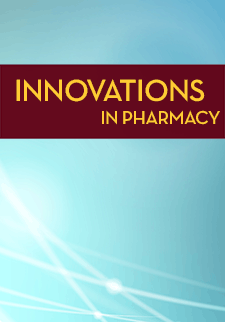The use of the health belief model to assess predictors of intent to receive the novel (2009) H1N1 influenza vaccine
Antoinette B. Coe
Sharon B.S. Gatewood
Leticia R. Moczygemba
Jean-Venable "Kelly" R. Goode
DOI: https://doi.org/10.24926/iip.v3i2.257
Keywords: novel H1N1 vaccine, novel H1N1 virus, pandemic
Abstract
Objectives: 1) Assess participants' perceptions of severity, risk, and susceptibility to the novel H1N1 influenza virus and/or vaccine, vaccine benefits and barriers, and cues to action and 2) Identify predictors of participants' intention to receive the novel H1N1 vaccine.
Design: Cross-sectional, descriptive study
Setting: Local grocery store chain and university in the central Virginia area
Participants: Convenience sample of adult college students and grocery store patrons
Intervention: Participants filled out an anonymous, self-administered questionnaire based upon the Health Belief Model.
Main Outcome Measures: Participants' predictors of intention to receive the novel H1N1 vaccine
Results: A total of 664 participants completed a questionnaire. The majority of participants were aged 25-64 years old (66.9%). The majority were female (69.1%), Caucasian (73.7%), and felt at risk for getting sick from the virus (70.3%). Most disagreed that they would die from the virus (68.0%). Participants received novel H1N1 vaccine recommendations from their physicians (28.2%), pharmacists (20.7%), and nurses (16.1%). The majority intended to receive the H1N1 vaccine (58.1%). Participants were significantly more likely to intend to receive the H1N1 vaccine if they had lower scores on the perceived vaccine barriers domain (OR= 0.57, CI: 0.35-0.93). Physicians' recommendations (OR=0.26, CI: 0.11-0.62) and 2008 seasonal flu vaccination (OR=0.45, CI: 0.24-0.83) were significant predictors of intention to receive the H1N1 vaccine.
Conclusions: Most participants felt at risk for getting the novel H1N1 virus and intended to receive the novel H1N1 vaccine. Educating patients about vaccine benefits and increasing healthcare professionals' vaccine recommendations may increase vaccination rates in future pandemics.
Type: Original Research


